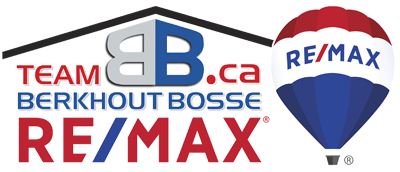As Canadians continue to struggle with high housing prices, the federal government has stepped in to help carry the weight of those hefty mortgage payments with the First Time Home Buyer Incentive. Trudeau has earmarked $1.25 billion in funding to the program over the next three years.
The First Time Home Buyer Incentive took effect on Sept. 2, 2019, but confusion continues to swirl. Is this a loan? With no interest or regular payments? And no definitive dollar amount to be repaid?? To further muddy the waters around the First Time Home Buyer Incentive, the looming federal election has already pledged changes to the three-week-young program, as promised by the Liberals if re-elected on October 21. Here’s what we do know, for the time being.
What exactly is the First Time Home Buyer Incentive?
The First Time Home Buyer Incentive is a shared-equity mortgage aimed at middle-class first-time homebuyers, designed to lower their monthly mortgage payments without increasing the amount they need to save for a down payment. For buyers who qualify, the government puts up five per cent of the price of a resale home, or either five or 10 per cent of the price of a newly constructed home. The incentive is a second mortgage on the title of the property, but no regular principal payments are required. The loan is interest free, and it can be repaid at any time without incurring penalties.
But there’s a catch.
The point of the First Time Home Buyer Incentive is a loan based on the fair market value of the property. The loan must be repaid within 25 years of the date borrowed or when the home is sold, whichever comes first. While the loan is interest free, it’s a “shared equity mortgage” which means the government shares in any gains on the property value. Alternately, if your property value takes a hit, your repayment amount to the government will be less than the amount borrowed.
For example, let’s say you took the five-per-cent incentive on a home priced at $200,000 (wishful thinking!), which would be $10,000. If you sell your home for $300,000 or its value increased to $300,000 at the 25-year mark, you would have to repay five per cent of the current value, or $15,000. On the flip side, if the home’s value decreased to $100,000, you’d only have to repay $5,000.
How do you qualify?
The First Time Home Buyer Incentive is aimed at helping middle-class homebuyers who need a boost. Thus, in order to qualify:
- the borrower must be a first-time homebuyer
- the borrower must have a household income of less than $120,000
- the mortgage is capped at four times the maximum household income of $120,000, or $480,000. This means the average price of a home would be $500,000 to $600,000, depending on the down payment.
Will it really help?
Critics have questioned the value of the First Time Home Buyer Incentive, arguing that it will do little to help homebuyers in Canada’s priciest housing markets – those people who need the incentive the most. To that point, new newly elected Liberal government has pledged to expand the program to homes priced up to $789,000 in Toronto, Vancouver and Victoria. The average selling price of a home in Toronto was $792,611 in August 2019, and in Metro Vancouver it was $993,300. (source: CREA)


